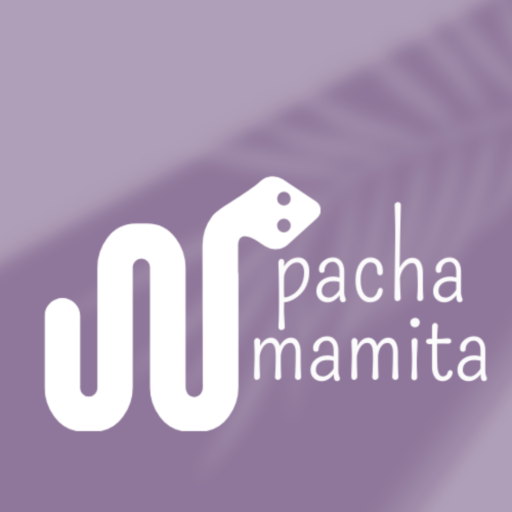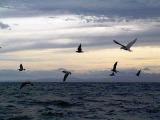![]()
By Pablo Valero.
Loma Alta is located in the Chongón – Colonche mountain range near the Pacific Ocean. It is recognized worldwide as a bird conservation area for its more than 300 species; it includes cloud forests, humid forests, pre-montane forests and dry forests.
I had the opportunity to appreciate its rich biodiversity and the hospitality of its inhabitants during a bird count recently carried out. The 2-day walk was attended by park rangers, community members, researchers and nature lovers, who were divided into two groups. The first group monitored birds from the beach and dry forest. The other group monitored birds from the premontane humid forest and drizzle.
I was included in the latter thanks to Giovanni Catuto, a community member, and Mauricio, a park ranger, who provided me with shelter for the night and swamps, since the access is mostly wet.
We left El Suspiro, a small hamlet, at 5 am. A few minutes later the transition began. We left the dry forest and began the count, taking into account the birds we saw and those we heard as well.
A little further into the forest, we were greeted by colorful species such as the chocó toucan, the woodpecker, or the coastal parrot. With the terrain becoming increasingly muddy and the path narrower, we began to climb. Behind us we left a beautiful view of the dry forest and its mountains.
Without stopping, unless of course, the song of some bird allowed us to locate it on the branches or in the tops of the trees that were getting taller and with thicker trunks. A pechiche about 35 meters high, housed, around its flowers, hummingbirds, that fluttered with a speed that invited us to put down the camera, and admire their turns. The recording continued, the path seemed to be abstracted from the route, it seemed that we were making a new path.
The straw and its greenery, with its wide leaves, some of them scattered on the mud, helped us not to slip. The drizzle continued and mixed with our sweat.
But Mother Earth, always kind, let us reach a stream of crystal-clear water. Welcome! To cool off. We all drank, including the donkey that accompanied us with the load.
Restarting the walk, after a short break, the real climb came. Eleodoro, a community member and park ranger, named the different types of wood we saw as we went: guayacán, laurel, matapalo colorao, cedar, breadfruit, among others.
We finally arrived at the shelter house, built by the community members to spend the night. There, a hot tuna soup with rice was the best way to regain energy,
Night fell heavily on the drizzle forest. The cicadas, with their long and intense sounds, seemed to say that this forest is ours. We set up the tent and went to sleep.
The great character of the following morning was undoubtedly one of the largest and most striking birds in the Reserve. The King Vulture or Coastal Condor made its appearance for a few moments on a branch.
The way back gave us a spectacular image of the fusion of the blue of the ocean and the sky, the hills parading in a chromatic that went from brown to intense green.
Back in Loma Alta, a delicious breakfast awaited us at Mauricio's house. After this, we all met in a nice cabin. There, together with Evelyn, a biologist and one of the organizers of this event, the data was tabulated and everyone was congratulated for the success of the count. Once again, the delights of our gastronomy, led by Mrs. Marci, opened our eyes and appetite with a delicious fish soup. A few beers were just and necessary.
NOTES: 1. In the garua forest, technically it never rains, it is the permanent garua that maintains high levels of humidity throughout the year.
2. Thanks to all the community members who showed great knowledge of the area and its biodiversity. Apologies for not including some names that escaped me, such as Narciso and others.

